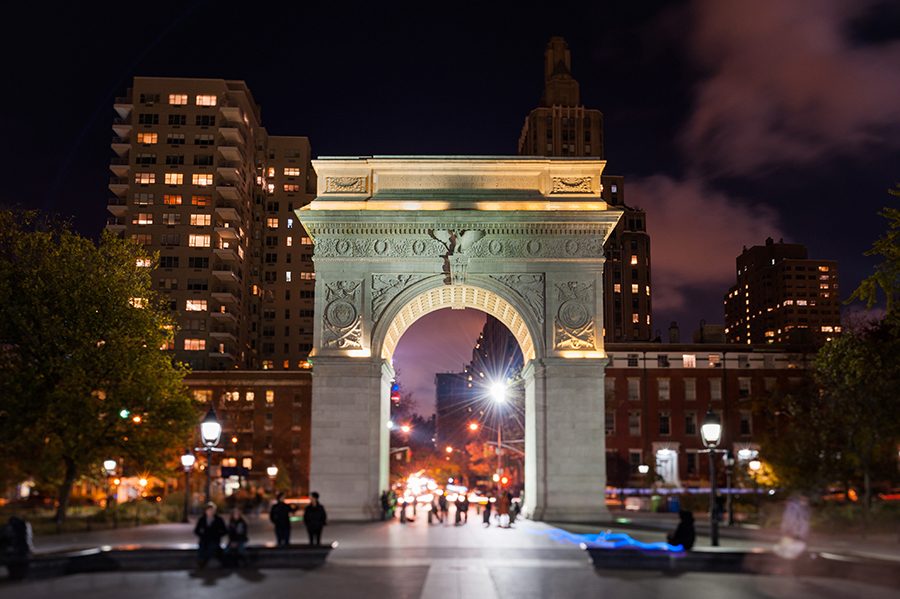Climojis and ‘School of Earth’ Push Sustainability Forward at NYU
January 26, 2018
Sustainability issues at NYU not only have to deal with NYU’s campus but also the entirety of Manhattan with its smog-clouded air and often litter-infested streets. Since the formation of NYU’s first environmental student group, Earth Matters in 1982, students and faculty have proposed solutions to reduce NYU’s carbon footprint and to promote eco-consciousness on campus. On Jan. 24, SustainableITP—a committee of Tisch artists dedicated to environmental issues — launched their “Climojis” for public download. The NYU Office of Sustainability backed the project by donating a grant in support. SustainableITP intended for the climate change-themed emojis to open a dialogue and raise awareness about the effects of climate change within the NYU community and within New York City as a whole. While certainly commendable and indicative of a positive direction for sustainability initiatives at NYU, Climojis and other largely student-run environmental initiatives are not enough if not met by the full support and equal effort on part of NYU administration.
Creative, artistic and surprisingly comical, the “Climojis” created by artists from Tisch School of the Arts, include cute animations of dehydrated penguins, whales choking on plastic and people being overwhelmed by bodies of water. Clearly, these events are not meant to be charming or lovable, but this lighthearted presentation serves as a perfect springboard for opening a dialogue on the serious effects of climate change.
Equally creative as Climojis, “School of Earth” is a plan put forth by Gallatin School of Individualized Study students, which came to life in an independent study class titled “Climate Adaptation.” “School of Earth” invented a rough blueprint for how schools and their architecture should adapt to address climate change. Their blueprint also attempts to predict and adapt to future climate changes. “School of Earth” imagines the addition of greenery and a unique design in response to NYU’s 2031 plan and making even climate-friendlier buildings.
Earlier this week, Cecil Schieb was appointed the new assistant vice president for sustainability at NYU. Previously, Schieb served as NYU’s director of energy and sustainability starting in 2007, and in 2012, he left that position to serve as managing director of the Building Resiliency Task Force for the City of New York and chief program officer for the Urban Green Council. NYU Divest, a leading club for sustainability, has voiced its support for Schieb’s appointment. This decision certainly alludes to progress in NYU’s environmental efforts.
Last year, construction began at 181 Mercer to replace the outdated Coles Sports Center. As part of the 2031 expansion plan, the construction has been not only a source of noise pollution and agitation for nearby residence and business owners, but has also threatened the beloved cherry trees that decorate Mercer Street. While four of the seven trees impeding construction were relocated to the north side of Bleecker Street, the construction team cut three of the trees without plans to replace them.
Sustainability at NYU appears to be on the right track, with Climojis, Gallatin’s “School of Earth,” and the appointment of Cecil Schieb bringing issues like climate change to the forefront. But with ambitious architectural plans on the docket, it is important the NYU keeps the environment in mind to avoid irreparable and irresponsible ecological damage.
Email the WSN Editorial Board at [email protected].



























































































































































